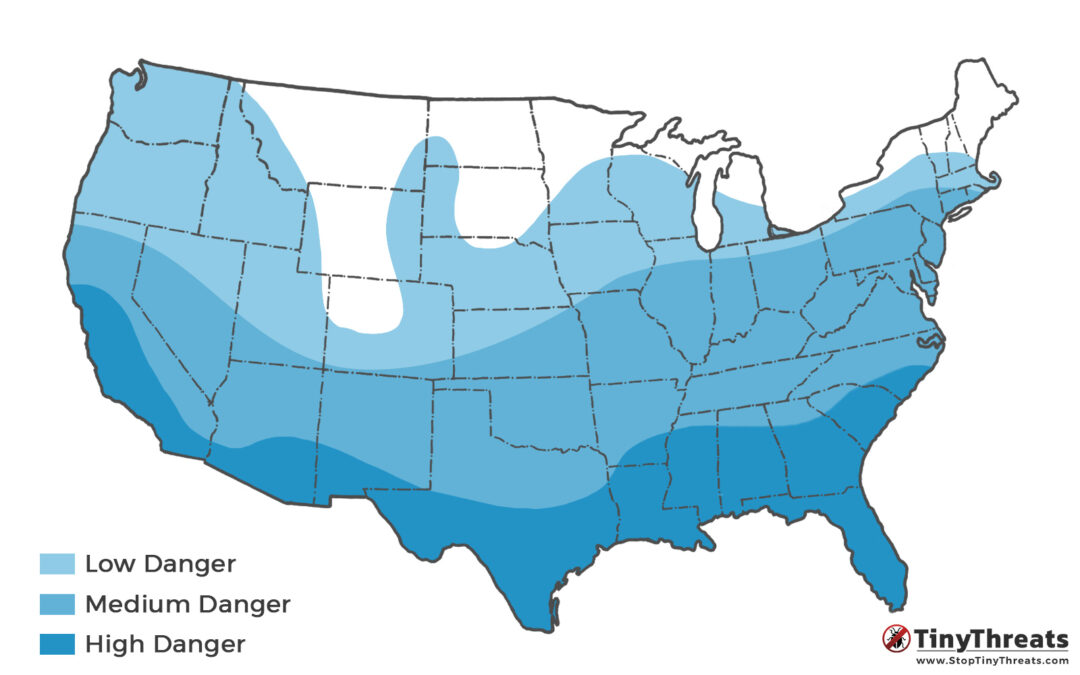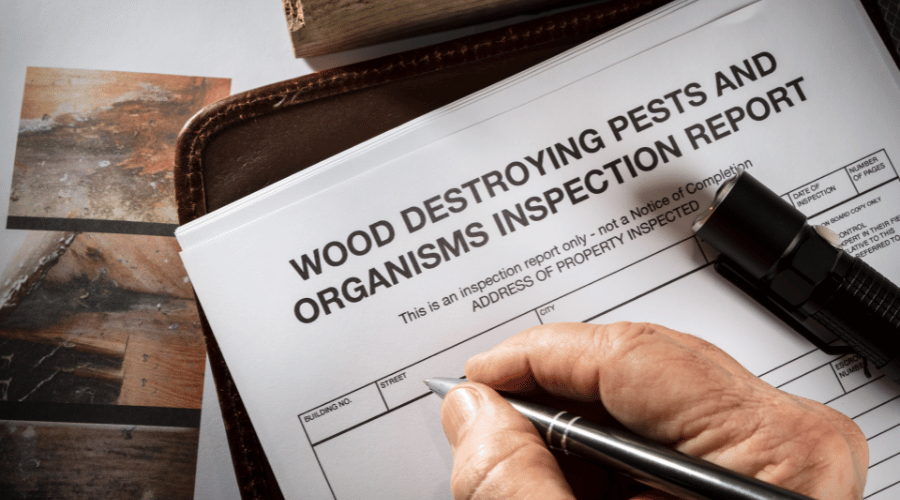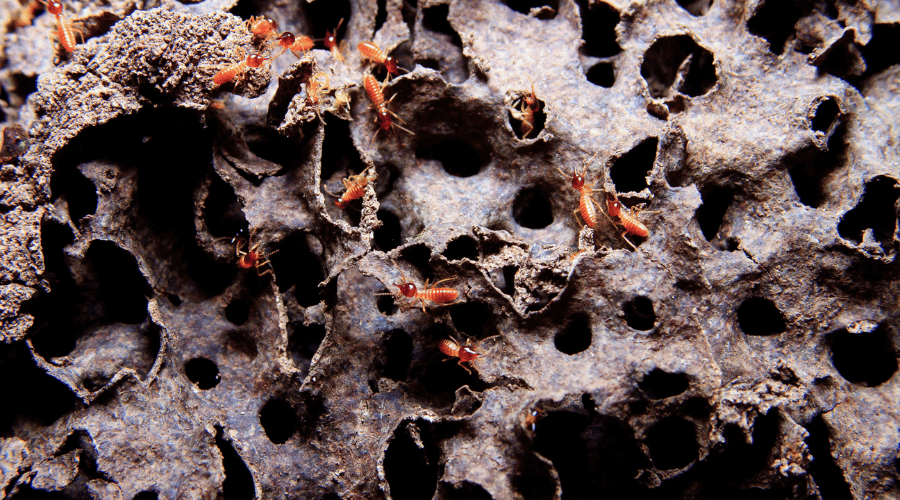Flying termites are the most obvious, and possibly the scariest termites you may encounter. While regular termites are small and seemingly invisible, termite alate may besiege your house in spring in large numbers.
Winged termites are called “Alate” and are like settlers – they fly away from their colony to start a new one in a favorable location. This is a time to be careful, as you do not want them to settle in your home!
Alate are harmless to people, though, as they have no interest in biting, and can not inflict any real harm even if they do manage to bite you. The only threat they pose is in the potential of infesting your home.
Here’s what you should know about these winged termites, and what you should do if you see them around your house.
Table of Contents
What are “Alate” Termites?
Termites have a strict hierarchy: The queen produces eggs, while sterile workers and soldiers build and protect the colony.
Termite alates are the third, seasonal type: Produced only once the colony is matured enough, these specialized termites are capable of reproduction and act like settlers – they fly away and try to start a new colony elsewhere.
They develop wings, which they need to find a suitable location for a new colony.
They usually fly off in small groups or pairs, at least one male and one female, so they can then reproduce at the new colony location.
Alates also lose or get rid of their wings once a location has been found – they don’t need them anymore.
In that new location, they start digging and establish a safe nest for the new colony. The female becomes the new Queen and starts laying eggs, which become workers who continue building the colony.
Hierarchy of Termite Colonies
A termite colony is a highly organized society, with a strict hierarchy.
The queen is the most important member of the colony, and she lays all the eggs.
She is surrounded by her workers, who build and maintain the nest, gather food, and care for the young.
The soldiers protect the nest from invaders. Both the workers and the soldier are sterile, and cannot reproduce – even if there are male and female workers and soldiers.
About 98% of all termites in a colony are workers – only around 2% are soldiers, while only a handful reproductive termites exist per colony.
Normally, no Alates are needed in a colony. But when it’s time to expand, these winged termites are produced, nurtured, and then sent off to start new colonies.
What Termite Alate look like
Termite alate identification is quite simple: They look like regular termites – but with huge wings on them. However, they also look a lot like flying ants, which can make them hard to tell apart.
Winged termites are about 1/4 to 3/8 of an inch long and darker than regular termites: Their colors range from a light or dark brown to black.
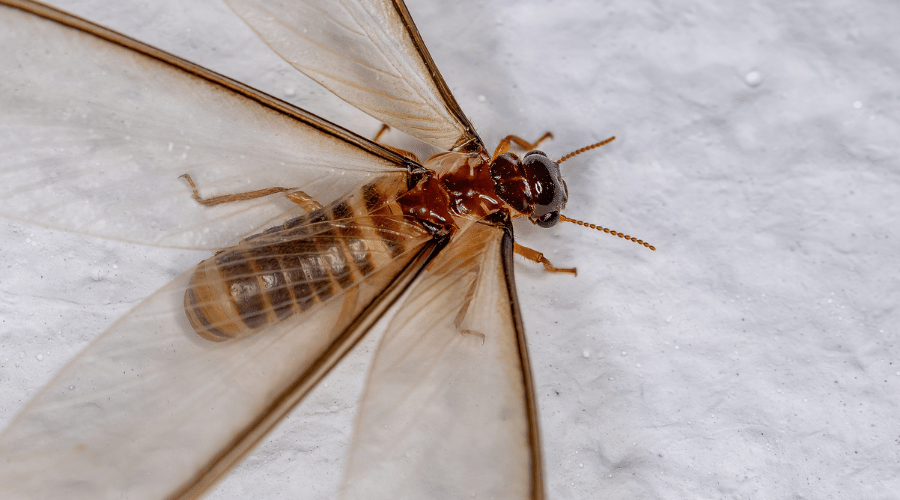
Flying Termites vs Flying Ants
Two key differences between flying termites and flying ants are their waists and wings:
Flying termites have a straight, even body, while flying ants have a narrow waist, which is clearly visible if you can take a close look.
Secondly, flying termites have two pairs of equal-length wings, while flying ants have a long set of frontal wings, and shorter wings in the back.
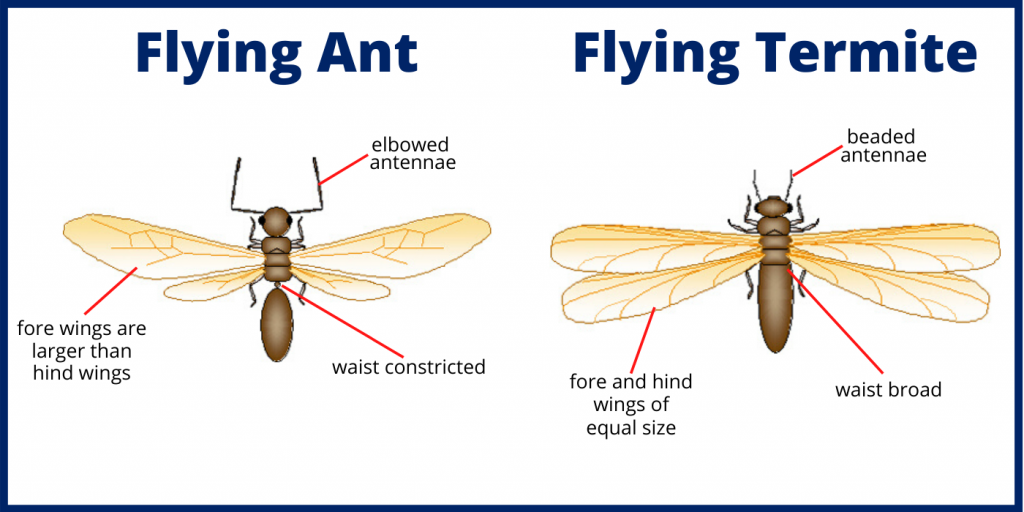
Comparison of Flying Ants and Flying Termites – from Massey Services.
Termite Swarms – Watch out
During termite swarm season, usually around early spring, these flying Alate termites are sent off to start new colonies. Hundreds, sometimes even thousands of termites fly away from a single colony in the hope of finding a suitable location and starting a successful colony of their own.
In areas with mature termite colonies, thousands of flying Alates swarm every year during spring, exploring the area in the search for easy, safe food sources (like unprotected homes).
Most of these flying termites will not be successful, which is why colonies produce so many of them.
Common Questions
What to do if you see flying termites?
Swarm season is also the time where you should be most careful as a homeowner – you don’t want the termites to settle in your home and start a colony.
Be extra careful and watch out for discarded Alate wings around your house and near wooden walls. Termite holes are another sign that a few Alates have dug into your walls and are trying to start a new colony there.
If you see any signs like this or want to be extra safe, call a professional for a preventative assessment. A termite colony is much easier (and cheaper) to exterminate in the first few months, compared to after a few years!
Can all Termites fly?
No, most termites are born without wings, without the ability to reproduce, and even without sight.
Only once a year, specialized termites – called Alate – are bred specifically to swarm out and reproduce in new locations to start a colony. These are the only termites that have wings.
They also lose the wings as soon as they settle down, as they cannot use them anyway once dug into wood.
Do flying termites eat wood?
Yes – flying termites are looking for a place to dig into a wood structure and start a new colony.
The main threat comes from that new colony, though, as the winged termites become the king and queen of the new settlement, and don’t eat through wood for long. They create hundreds, and soon thousands of workers to eat through your home.
How to get rid of termites with wings?
First, if your house is visited by only a handful of flying termites, you can try to get rid of them yourself. However, if there is a swarm of winged termites on or near your house, it’s best to call an exterminator, as these present a serious threat if they manage to get into your walls or other wooden structures.
DIY solutions to flying termites include termite bait traps (made specifically for flying termites, not subterranean termites), bug zappers work as well, and cardboard traps with boric acid can also be effective as a bait-and-pesticide combination.
Make sure to get a professional assessment once swarming season is over to make sure no swarmers have managed to dig into your home and start a colony!

